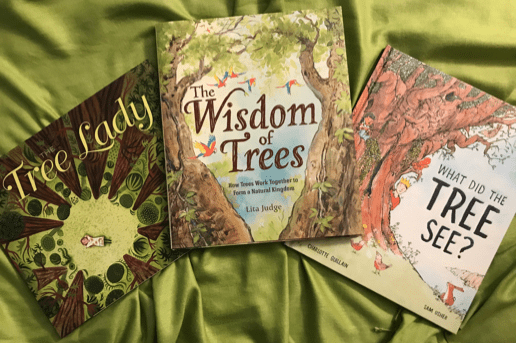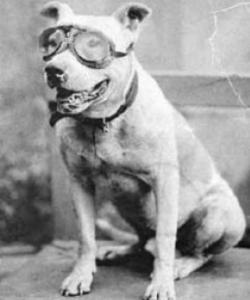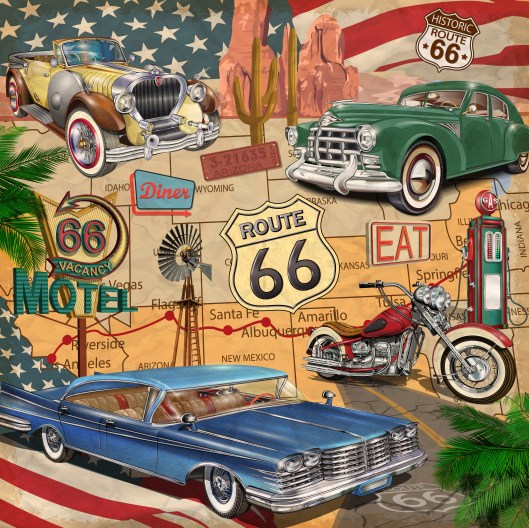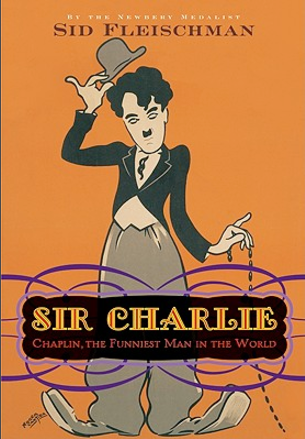Tags
Arbor Day, Balboa Park, Charlotte Guillain, Earth Day, Elizabeth Fais, environment, H. Joseph Hopkins, Jill McElmurry, Kate Sessions, Lita Judge, Nonfiction, Picture Books, Sam Usher, San Diego, The Tree Lady, The Wisdom of Trees, Trees, What Did The Tree See?
There is a wealth of amazing informational picture books on the market today, in every subject and category. Each one beautifully illustrated and wonderfully told. So much so, I have a hard time limiting my purchases whenever I wander into a local bookstore. With spring almost here and Earth Day and Arbor Day coming next month (April 22nd and 30th respectively), now is the time for trees.
I can’t say enough good things about these TREE-rific informational picture books, so I’ll let their stories and artwork do all the talking.
The Tree Lady
The Tree Lady
Written by H. Joseph Hopkins
illustrated by Jill McElmurry
The Tree Lady is the true story of how one tree-loving woman changed a city forever. Kate Sessions arrived in San Diego in 1883 and looked out over an arid and barren landscape. Her vision transformed San Diego into the botanical jewel it is renowned for today. She received many honors for the work she did, but the one that pleased her the most was being called the Mother of Balboa Park. This book is a must read for anyone who doubts that one person can change their world.
The Wisdom of Trees
Written and illustrated by Lita Judge
The story of a tree is a story of community, communication, and cooperation. Although trees may seem like silent, independent organisms, they form a network buzzing with life: they talk, share food, raise their young, and offer protection. Trees thrive on diversity, learn from their ancestors, and give back to their communities. Trees not only sustain life on our planet––they can also teach us important lessons about patience, survival, and teamwork.––Synopsis
Lita Judge’s lush illustrations are matched with the beauty of poems and easily interpreted scientific explanations about the Secrets of the Wood Wide Web. This book provides a depth of insight and knowledge about forests and the animals and other life forms that make their homes within. The Wonder of Trees is sure to intrigue readers of all ages.
What Did The Tree See?





























